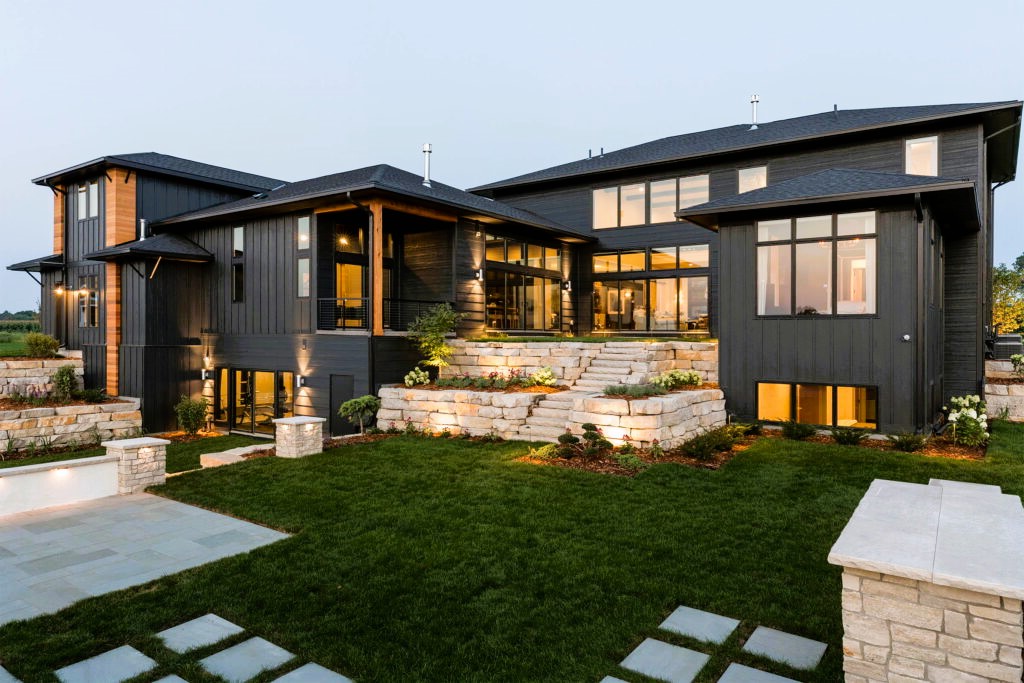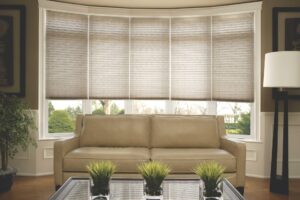Sustainable building practices have gained significant importance in recent years as individuals and communities strive to reduce their environmental impact. Windows, as integral components of a building’s envelope, play a vital role in sustainable construction and energy efficiency. In this article, we will explore the significance of windows in sustainable building practices in Canada and how they contribute to creating environmentally friendly and energy-efficient structures.
Energy Efficiency and Passive Design
Windows have a direct impact on a building’s energy efficiency, particularly in terms of heat gain and loss. In Canada, where extreme temperatures are common, it is essential to consider energy efficiency when selecting windows. Energy-efficient windows can significantly reduce the need for heating and cooling, resulting in lower energy consumption and reduced greenhouse gas emissions.

- a. Insulated Glazing: Double or triple-glazed windows with low-emissivity (low-E) coatings and inert gas fillings provide enhanced insulation, minimizing heat transfer between the interior and exterior. This helps maintain comfortable indoor temperatures while reducing the reliance on mechanical heating and cooling systems.
- b. Solar Heat Gain: Optimal window placement and selection can maximize or minimize solar heat gain, depending on the desired outcome. In colder regions, south-facing windows can capture solar heat during the winter, reducing heating requirements. In warmer regions, shading devices or low-solar-gain coatings can limit solar heat gain, reducing the need for air conditioning.
- c. Passive Solar Design: Windows can be strategically designed and positioned to take advantage of passive solar heating. By incorporating features such as overhangs or shading devices, buildings can harness the sun’s energy during winter months while preventing excessive heat gain in the summer.
Natural Light and Daylighting
Windows also play a crucial role in providing natural light and promoting daylighting in buildings. Natural light not only enhances occupant well-being and productivity but also reduces the need for artificial lighting during the day, leading to significant energy savings. Choosing the Right Window Treatments for Privacy and Isolation
- a. Window-to-Wall Ratio: The window-to-wall ratio refers to the amount of window area compared to the total wall area. Optimizing this ratio allows for an adequate amount of natural light while minimizing potential heat loss or gain. Balancing the window-to-wall ratio is crucial for energy efficiency and occupant comfort.
- b. Daylighting Strategies: Proper window placement, sizing, and the use of light shelves or reflective surfaces can maximize natural light penetration into interior spaces. This reduces the need for artificial lighting, lowers energy consumption, and creates visually appealing environments.
- c. Glazing Transmittance: Selecting glazing materials with high visible transmittance allows for optimal daylight penetration. Additionally, technologies such as electrochromic or photochromic glazing can dynamically control the amount of light transmitted, reducing glare and solar heat gain while maintaining natural light.
Sustainable Material Choices
Sustainable window materials can contribute to the overall eco-friendliness of a building. Consider the following material options:
- a. Wood: Wood is a renewable resource and a popular choice for window frames in sustainable construction. Opting for responsibly sourced, FSC-certified wood ensures that the material comes from well-managed forests.
- b. Recycled Materials: Some window manufacturers offer frames made from recycled materials, such as aluminum or composite materials. These options reduce the demand for new raw materials and divert waste from landfills.
- c. PVC Alternatives: Polyvinyl chloride (PVC) frames have traditionally been used in windows, but alternative materials like fiberglass or natural fiber composites are gaining popularity. These materials have lower embodied energy and a smaller environmental footprint.
Air Quality and Ventilation

Windows also play a role in indoor air quality and ventilation, which are essential aspects of sustainable building practices. Well-designed windows can facilitate natural ventilation, allowing for fresh air exchange and reducing reliance on mechanical ventilation systems.
- a. Operable Windows: Incorporating operable windows in the design allows for controlled airflow and cross-ventilation, promoting natural ventilation and improving indoor air quality. This can be particularly beneficial in moderate climate regions where natural ventilation can provide adequate cooling.
- b. Air Filters: Some window systems come with integrated air filters that help remove pollutants and allergens from outdoor air before it enters the building. These filters contribute to healthier indoor environments by improving air quality.
Conclusion
Windows play a crucial role in sustainable building practices in Canada. By incorporating energy-efficient windows, promoting natural light and daylighting, making sustainable material choices, and facilitating natural ventilation, buildings can achieve higher energy efficiency, reduced environmental impact, and improved occupant comfort. When undertaking sustainable construction projects, it is essential to consider the significance of windows as key components of a sustainable building envelope.




